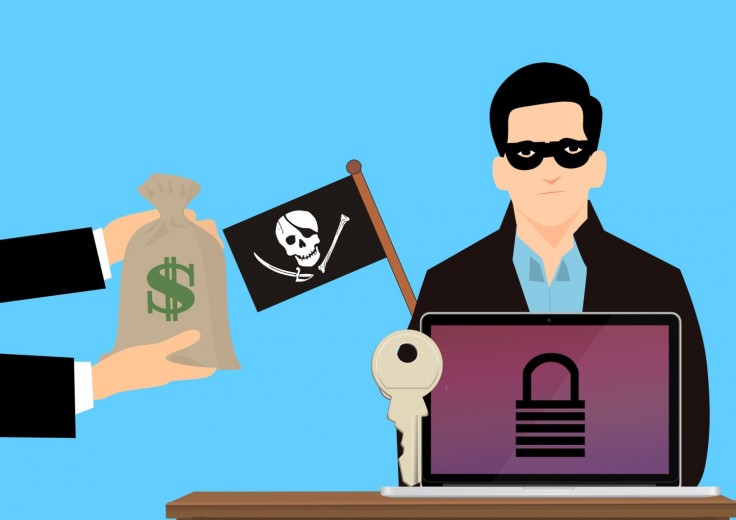
In May of 2021, a major ransomware infection forced Ireland's national health services to shut down temporarily. Fortunately, the Irish entity managed to obtain the decryption key without paying for the ransom, which was reported to be more than $20 million.
The problem is that this isn't usually how this type of situation plays out, and most of the time, victims either pay and still don't get access to their files or lose their sensitive information altogether.
If you've been targeted by ransomware, it's best to take a moment to breathe and avoid making snap decisions.
In this article, we'll give you tips to help you manage this unfortunate scenario and prevent it from happening in the future.
Should You Pay the Ransom?
Major law enforcement agencies agree that paying for the ransom if you get targeted by cybercriminals is not advisable.
This is because there's no guarantee you'll get access to your device. In many cases, hackers that receive the first payment start requesting additional money transfers, and the exercise continues for as long as the victim allows it.
Unfortunately, it's the main reason why only 8% of companies recover their data fully after a ransomware attack.
Moreover, cybercriminals may tamper with files and programs on your computer. Which, in turn, can make it easier for them to launch a second attack.
Therefore, we recommend you avoid paying for ransoms to unlock your computer or another device.
What to Do If One of Your Devices Has Ransomware
Being infected by ransomware can be devastating. But time is of the essence in this scenario. Thus, it's essential to act fast and start taking action as soon as you're aware of the attack.
Here are five steps you should follow to reduce the impact of the ransomware and remove it from your device.
1. Record Important Information
The first thing you need to do is start documenting important information. This includes:
The name of new file extensions and recently installed programs;
The exact text of the ransom note;
And a photo of the ransom note that appears on your device screen.
You should also report the attack to the appropriate authorities and warn your family and friends about the breach.
Once you complete these steps, it's time to move on to trying to save your data.
2. Disconnect the Rest of Your Gadgets
Ransomware attacks may spread through your wifi network. Turn off the infected device and shut down all other gadgets connected to the same network, starting with the most important ones.
In some cases, this means your smartphone should be turned off straight away. However, if you have servers, other computers, tablets, or IoT devices, you should shut these down first.
3. Change Important Passwords
Many types of ransomware are designed to carry out additional threats, like password breaches. Remember, if this type of malicious software is installed on your device, it can extract credentials from browsers and other programs.
So, it's a good idea to change all important passwords immediately and make sure to store them outside of the infected network.
4. Remove Ransomware and Restore Whatever Data Possible
This is the most difficult part for many: evaluating what can be backed up and removing the ransomware.
You can choose to work with a professional to help restore some of your sensitive information, but you should know that recovering all the compromised data is very rare at best.
Besides being technically complex, it's difficult because the process usually involves reinstating the operating system. Which means permanently erasing the data you don't have a backup of.
Next, it's time to restore the data you were able to recover. This can be from a hard drive, old computers, a cloud storage system, or a combination of these.
5. Take Steps to Prevent Future Attacks
There are many steps you can take to prevent ransomware attacks in the future. These include:
Keeping your software updated;
Using a VPN to connect to the internet;
Avoiding emails from unknown addresses;
And refraining from sharing personal emails online.
Take some time and learn more about VPN providers and their different features before choosing the best option for your particular case.
Conclusion
Being targeted by a ransomware attack can be frustrating and make you feel helpless. But, the reality is that paying the ransom will only result in more financial losses.
Your best bet is to play the safe card, try to contain the spread, and avoid negotiating with cybercriminals.









